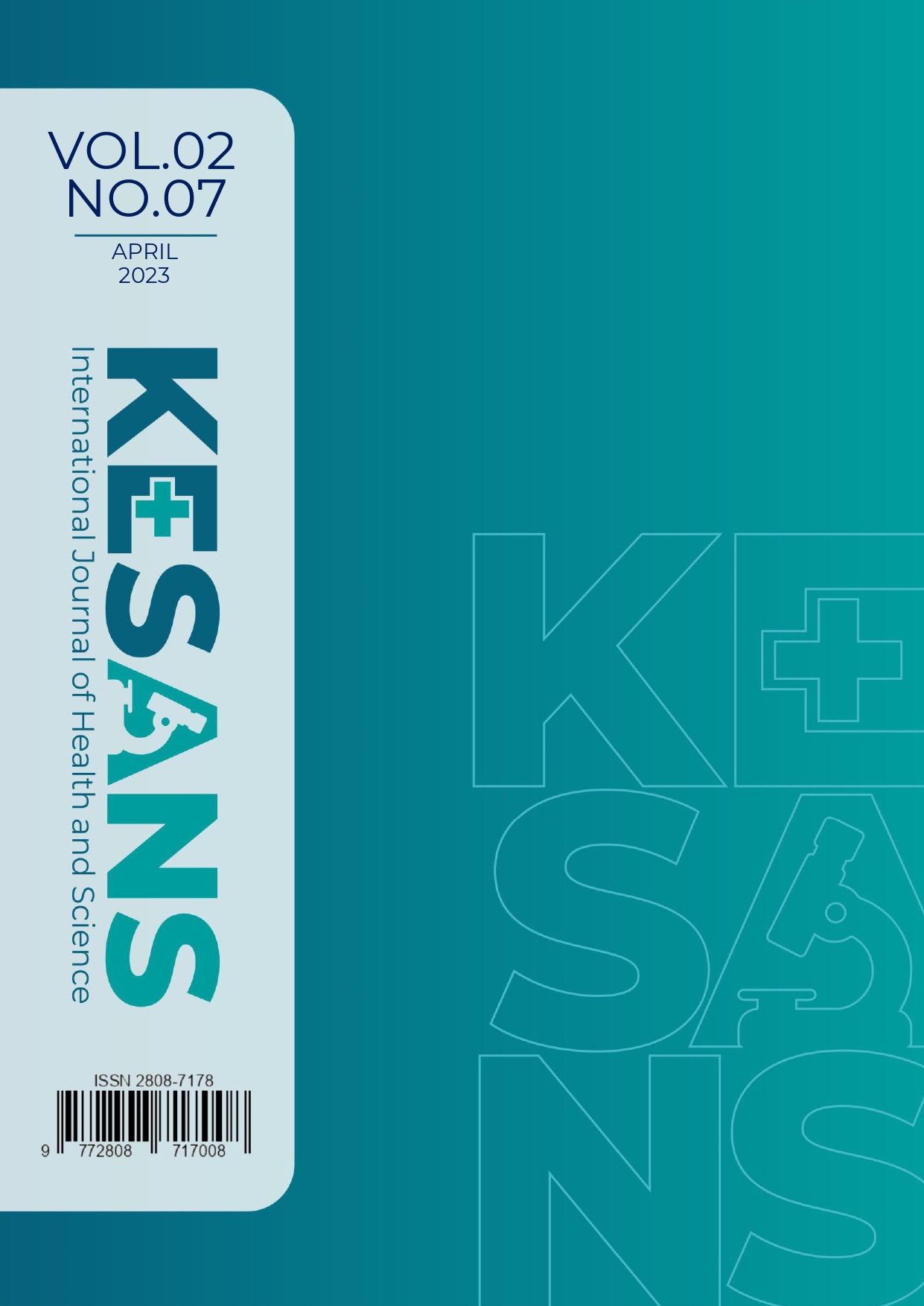Study of the Use of Insecticide-Treated Mosquito Nets in Nolokla Village, Jayapura Regency
DOI:
https://doi.org/10.54543/kesans.v2i7.167Keywords:
Insecticide-Treated Mosquito Net, Knowledge, TreatmentAbstract
Introduction: The use of insecticide-treated mosquito nets is expected to reduce the incidence and morbidity of malaria, especially in the Papua region. Objective: This study aims to determine whether there is a relationship between the use of insecticide-treated mosquito nets in Nolokla Village, Jayapura Regency with the characteristics of respondents, knowledge, and treatment of mosquito nets. Method: Quantitative research with cross-sectional design. The research location is in Nolokla Village, Jayapura Regency. The study sample amounted to 116 heads of families with a simple random sampling technique. Research measuring instruments using questionnaires and data analysis using the chi-square test. Result and Discussion: The results showed that respondents had used insecticide-treated mosquito nets (85.3%) and female respondents (75.0%) with high school education or equivalent (64.7%), and most jobs as self-employed (37.1%). The knowledge level of respondents is good (85.3%) and respondents who perform mosquito net treatment and are qualified (66.4%). Conclusion: Based on the results of the chi-square test, the factor that has a significant relationship with the use of insecticide-treated mosquito nets in Nolokla Village is treatment (p-value = 0.000; PR=9.125) and knowledge (p-value=0.005; PR=4,737). A factor that has no relationship with the use of insecticide-treated mosquito nets in Nolokla Village is education (p-value = 0.233; PR=2.813), occupation (p-value=0.299; PR=1.868), and gender (p-value=0.363; PR=0.555).
Downloads
Published
How to Cite
Issue
Section
Citation Check
License
Copyright (c) 2023 Jurnal KESANS : Kesehatan dan Sains

This work is licensed under a Creative Commons Attribution-ShareAlike 4.0 International License.





















